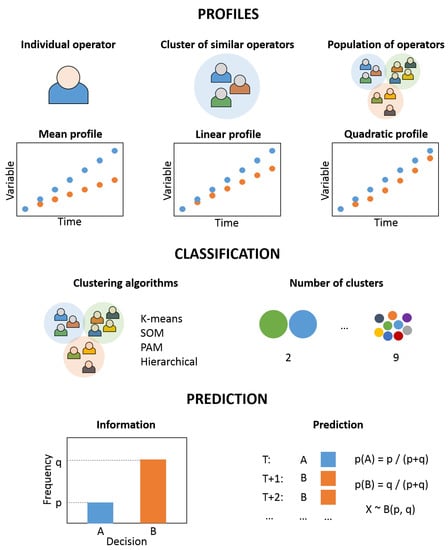Our paper "Bringing Adaptive and Immersive Interfaces to Real-World Multi-Robot Scenarios: Application to Surveillance and Intervention in Infrastructures" has been published by IEEE Access!
Multiple robot missions imply a series of challenges for single human operators, such as managing high workloads or maintaining a correct level of situational awareness. Conventional interfaces are not prepared to face these challenges; however, new concepts have arisen to cover this need, such as adaptive and immersive interfaces. This paper reports the design and development of an adaptive and immersive interface, as well as a complete set of experiments carried out to establish comparisons with a conventional one. The interface object of study has been developed using virtual reality to bring operators into scenarios and allow an intuitive commanding of robots. Additionally, it is able to recognize the mission’s state and show hints to the operators. The experiments were performed in both outdoor and indoor scenarios recreating an intervention after an accident in critical infrastructure. The results show the potential of adaptive and immersive interfaces in the improvement of workload, situational awareness and performance of operators in multi-robot missions.
I'm very proud to see the result of many days of hard work during the past year, and I want to thank my friends Elena and Pablo for their help to make this real.
J.J. Roldán, E. Peña-Tapia, P. Garcia-Aunon, J. del Cerro and A. Barrientos. Bringing adaptive & immersive interfaces to real-world multi-robot scenarios: application to surveillance and intervention in infrastructures. IEEE Access, 7 (1), 86319-86335, 2019. Impact Factor (JCR, 2018): 4.098, Q1. Article


